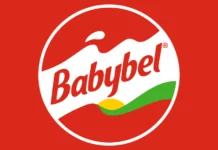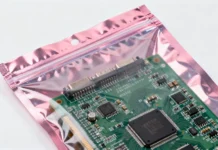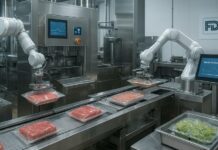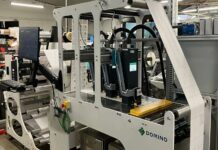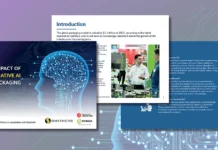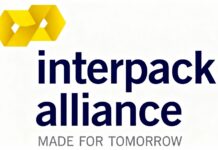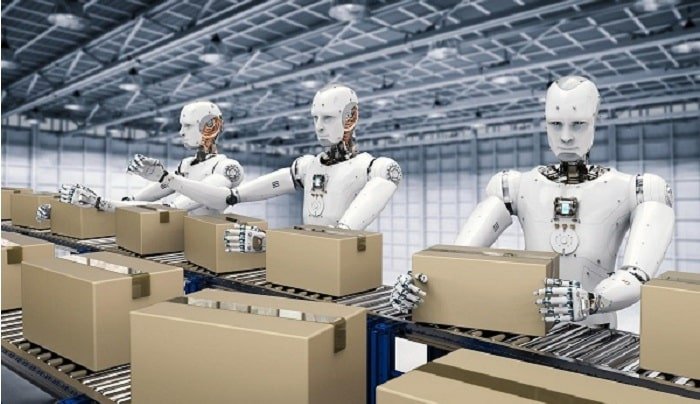The second edition of National Symposium held under Impressions, the annual event of Navi-Mumbai based SIES Graduate School of Technology’s Printing and Packaging department (PPT) shed light on the topic ‘AI and Automation in printing and Packaging’ on 29 February 2020.
The knowledge sharing forum discussed the domains related to IoT, automation and Artificial Intelligence that can be integrated with printing and packaging fields. The event also marked the release of the PPT department’s half-yearly magazine Adviteeya (Vol 7, Issue 1).
Vivek Kapoor, past president of LMAI and director, Creative Labels; the chief guest for the event, stated that AI and automation will become indispensable in the industry in the future; while, the guest of honour, Ajay Mehta, MD, SMI Coated Products, mentioned about the importance of staying abreast of the latest technologies and giving back to the society.
The keynote speaker of the event, Rajesh Ananthakrishnan, managing director of Reflex Automation, who has over 25 years of experience in robotics, said, “In comparison to earlier times, India is undertaking bold steps. And at times, even futuristic. As of now, India needs Automation 2.5 and not Automation 4.0 or 5.0.”
In his session on automation in end-of-line packaging, Ananthakrishnan explained that the integration of next generation technology in automated packaging can provide ease of operation, high efficiency, reliability, ease of maintenance and cost effectiveness.
He added, “The milk industry is dominated by 75% Doodhwalahs, for the provision of fresh milk. Thus, automation technocrats in India need to find smart and sensible technology solutions to cater to this segment.”
Further, Shridhar Kulkarni, director of engineering – Contineo IoT Platform, InspirySYS, explained about Industry 4.0 and how IoT and machine learning applications are making in-roads in the packaging industry. Likewise, Hemant Shedge of HP explained about the importance of synchronisation of processes and activities to aid automation and leverage the use of Artificial Intelligence. “Automation can be made in the printing industry, if we change our mindset. This is the need of the hour for our industry’s growth,” said Shedge.
The knowledge-sharing forum consisted of two panel discussions on topics – Technology Applications and Challenges of AI and Automation in Printing and Packaging; Future of AI and Automation in Printing and Packaging. The panel that addressed the challenges was moderated by Ainain Shahidi, director of SIES School of Packaging, in which Ananthakrishnan and Shedge joined Ketan Das of 3M India as the panelists.
The panelists spoke about the importance of facing challenges and overcoming them as any new technology application in an existing industry presents its share. Further, the discussions revolved around the new technologies that have to be implemented for sustainable and ease of operations such as the
Shedge shared his experience of printing Aadhar cards at Xerox using Big Data and machine learning (ML) consisting of variable data printing and the implementation of AI/ML in printing technology. “CIP4 implementation has improved the printing process where with Big Data and machine learning the personalised printing of the products can be achieved,” said Shedge.
Ananthakrishnan pointed out the major challenge of implementing automation at customers’ organisations was their lack of understanding of design considerations required or the reluctance in changing their process for automation. He said that the possibility of automation (in future) has to be kept in mind while finalising the product/package design.
The second discussion on the topic of the future of AI in printing and packaging was moderated by Shatavarth Cheruvu of Agnosteach Innovations. The panelists included Arif Khan of Oracle, Ranjitkumar G of B&R Industrial Automation, and Madhav Kawathekar of Nichrome India.
The session provided insights on the future jobs once AI & Automation sets in and the importance for millennials to stay updated on the latest technologies. In addition, it also shed light on the use of open-source platforms for start-ups and its challenges during commercialisation with AI, IoT and Automation being the key technology drivers.




